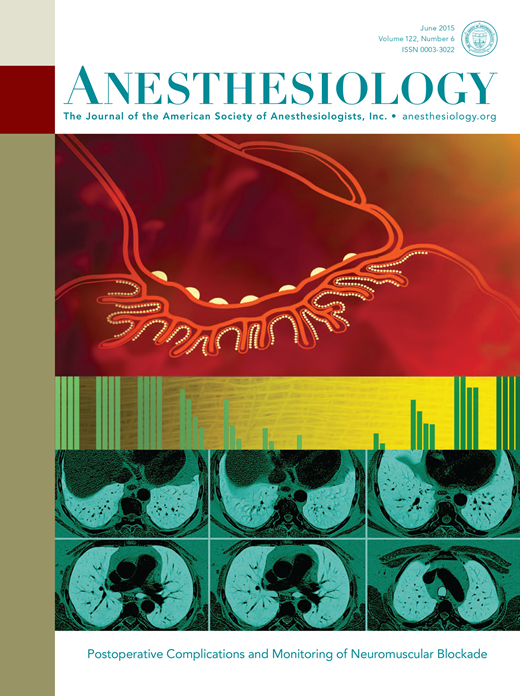数字灾难:医疗勒索软件日益增长的威胁。
IF 9.1
1区 医学
Q1 ANESTHESIOLOGY
引用次数: 0
摘要
医疗保健网络安全事件的频率和严重程度都在增加。勒索软件是一种恶意软件,它会导致数据和系统加密,用于金融勒索,通常会使计算机和网络长时间无法访问。依赖于互联技术(如电子健康记录、实验室系统和成像平台)的临床工作流程在遭受勒索软件攻击时可能会延迟或中断。这些攻击可能对时间敏感型患者的护理产生不利影响。对医疗保健服务组织的财务影响可能是巨大的,并且可能与延迟付款、监管罚款和集体诉讼责任有关。为了提高医疗系统的网络安全弹性,需要更高质量的研究来描述患者的结果,并制定针对勒索软件的应急响应计划。麻醉师拥有相关的急性护理临床技能和操作专业知识,能够很好地领导这一领域的患者安全工作。本文章由计算机程序翻译,如有差异,请以英文原文为准。
Digital Disasters: The Growing Threat of Healthcare Ransomware.
Healthcare cybersecurity incidents are increasing in frequency and severity. Ransomware, a type of malicious software that results in the encryption of data and systems for financial extortion, often renders computers and networks inaccessible for prolonged periods of time. Clinical workflows, which depend on connected technology such as electronic health records, laboratory systems, and imaging platforms, may be delayed or disrupted in the setting of a ransomware attack. These attacks may adversely affect the care of patients with time-sensitive conditions. The financial impacts to healthcare delivery organizations can be substantial and may be associated with delayed provider payments, regulatory fines, and class action liability. Higher-quality research that characterizes patient outcomes and the development of ransomware-specific emergency response plans are needed to increase cybersecurity resiliency of healthcare systems. Possessing relevant acute care clinical skills and operational expertise, anesthesiologists are well positioned to lead patient safety efforts in this domain.
求助全文
通过发布文献求助,成功后即可免费获取论文全文。
去求助
来源期刊

Anesthesiology
医学-麻醉学
CiteScore
10.40
自引率
5.70%
发文量
542
审稿时长
3-6 weeks
期刊介绍:
With its establishment in 1940, Anesthesiology has emerged as a prominent leader in the field of anesthesiology, encompassing perioperative, critical care, and pain medicine. As the esteemed journal of the American Society of Anesthesiologists, Anesthesiology operates independently with full editorial freedom. Its distinguished Editorial Board, comprising renowned professionals from across the globe, drives the advancement of the specialty by presenting innovative research through immediate open access to select articles and granting free access to all published articles after a six-month period. Furthermore, Anesthesiology actively promotes groundbreaking studies through an influential press release program. The journal's unwavering commitment lies in the dissemination of exemplary work that enhances clinical practice and revolutionizes the practice of medicine within our discipline.
 求助内容:
求助内容: 应助结果提醒方式:
应助结果提醒方式:


